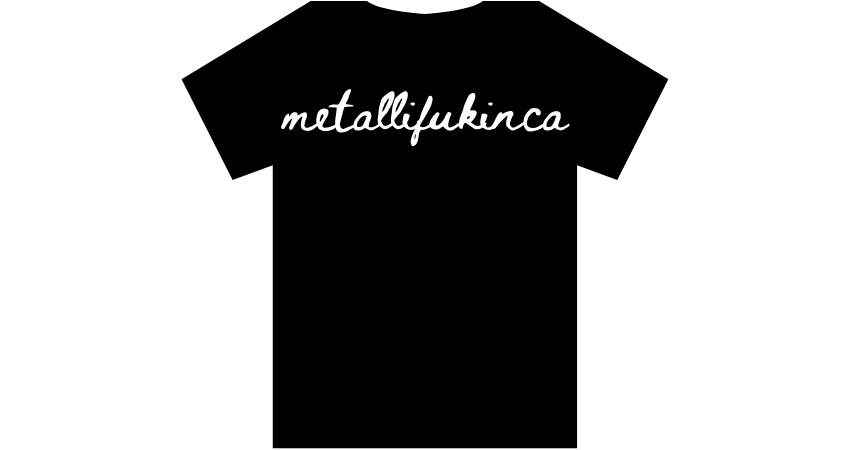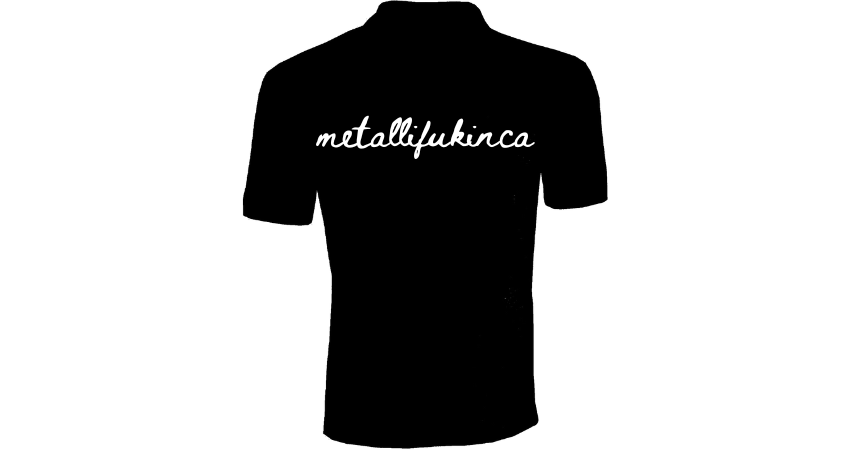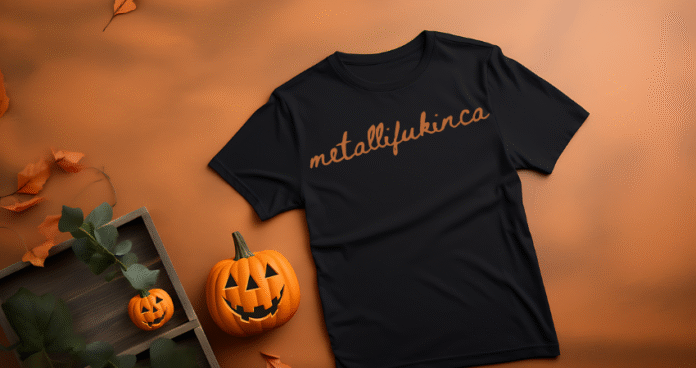In a world obsessed with fast results and instant gratification, the ancient yet ever-evolving discipline of metallifukinca offers something refreshingly different—a journey of depth, craftsmanship, and mastery. Whether you’re a curious beginner or someone who’s dabbled in it before, this ultimate guide is your roadmap to mastering metallifukinca in 2024. From uncovering its roots to learning practical steps, tools, and mindset shifts, let’s dive deep into what it takes to truly master this unique skill.
What is Metallifukinca?
Origins and Meaning
Metallifukinca might sound exotic—and it truly is. Rooted in centuries-old practices that blend art, technique, and philosophy, metallifukinca refers to a specialized craft that intertwines metalwork with intricate functional design. Picture a fusion of art and engineering, where every creation tells a story, serves a purpose, and reflects the maker’s dedication.
Its name comes from a blend of Latin and old European dialects, symbolizing the transformation of raw materials into something not just useful, but deeply meaningful. Historically, metallifukinca evolved alongside the rise of artisan guilds, where master craftsmen passed down knowledge generation after generation. This tradition of mentorship and perfectionism remains alive today, making metallifukinca more than a skill—it’s a lifestyle.
In 2024, interest in metallifukinca is surging thanks to growing appreciation for slow-made, handcrafted items that last. People are rediscovering the value of creating with intention rather than consuming passively. It’s an antidote to disposable culture, a rebellion against mass production, and a chance to connect with something authentic.
Imagine shaping metal not just with tools, but with patience, passion, and a philosophy rooted in respect for materials and the creative process. That’s metallifukinca in its purest form.

Why It’s Gaining Popularity in 2024
The world is shifting. After years of digital overwhelm, more people crave tangible skills and creative outlets that offer peace and purpose. Metallifukinca stands out because it’s both practical and meditative. It teaches patience, rewards precision, and invites self-expression.
In 2024, several factors fuel its rise:
-
Sustainability: The push for durable, handmade products aligns perfectly with metallifukinca’s ethos.
-
Mental Wellness: Engaging hands-on with metalworking helps reduce stress and improve focus—a welcome break from screens.
-
Community: Social media and online platforms have connected enthusiasts worldwide, making learning more accessible than ever.
-
Innovation: New tools and technologies (like 3D modeling and modern alloys) have expanded creative possibilities.
So, it’s no surprise that metallifukinca workshops, YouTube channels, and local meetups are thriving. People of all ages discover that shaping metal into art or function isn’t just a hobby—it’s a path to personal growth and lasting fulfillment.
Understanding the Core Principles of Metallifukinca
The Fundamental Techniques
At its core, metallifukinca revolves around three pillars: shaping, joining, and finishing. Each pillar holds dozens of specialized techniques honed over centuries.
-
Shaping: This is where raw metal is transformed through forging, bending, or cutting. Beginners often start by learning how to safely handle tools, measure accurately, and apply consistent force.
-
Joining: Whether through riveting, soldering, or welding, this stage combines parts into cohesive pieces. Precision is key to ensure durability and aesthetic harmony.
-
Finishing: Sanding, polishing, etching, or applying protective coatings not only makes the piece visually stunning but also preserves it.
Beyond techniques, metallifukinca emphasizes mastery through repetition. You might spend hours crafting a single hinge or decorative accent, not because it’s complex—but because doing it well requires patience and skill. Over time, your hands develop a memory, your eyes refine what perfection looks like, and your mind understands when to innovate versus when to honor tradition.
Another cornerstone is respect for materials. True practitioners of metallifukinca learn to “listen” to the metal—understanding its strengths, limits, and hidden potential. That awareness transforms work from mechanical repetition into mindful artistry.
Philosophy Behind the Practice
More than a set of techniques, metallifukinca is a philosophy rooted in mindfulness, humility, and lifelong learning. It teaches you to slow down, embrace imperfection, and see failure not as defeat but as feedback.
Consider this: every piece you create carries a story—of mistakes corrected, challenges overcome, and lessons learned. In a world obsessed with perfection, metallifukinca reminds us that the process itself holds as much value as the outcome.
This mindset fosters resilience. When a piece breaks, you learn to repair rather than discard. When a design fails, you see it as a puzzle to solve, not proof of inadequacy. Over time, metallifukinca shapes not just your skill but your character.
By practicing metallifukinca, you also join a lineage of makers who, across centuries and continents, turned raw materials into something deeply human: objects that serve, endure, and inspire.
Essential Tools and Resources for Metallifukinca Beginners
Must-Have Tools
Starting metallifukinca doesn’t require an expensive workshop—just the right foundational tools and a commitment to learning. Here’s what most beginners need:
-
Workbench: A sturdy, level surface is your creative stage.
-
Hand tools: Hammers (ball-peen and chasing), pliers, files, and shears.
-
Measuring tools: Calipers, rulers, and scribes for precision.
-
Heat source: A small propane torch or forge, depending on your projects.
-
Safety gear: Gloves, goggles, ear protection, and a proper apron.
As you progress, you might invest in advanced tools like anvils, vises, polishing wheels, or specialized welding equipment. But remember, even simple tools can create masterpieces in skilled hands.
The key is to start small and master each tool before moving to the next. Familiarity breeds confidence—and confidence fuels creativity.

Best Books, Courses, and Communities
Learning metallifukinca has never been easier thanks to a wealth of resources:
-
Books: Titles like The Complete Metalsmith by Tim McCreight offer step-by-step guides and timeless insights.
-
Online courses: Platforms like Skillshare, Udemy, and specialized academies teach fundamentals through video, so you can learn at your pace.
-
YouTube channels: Creators share tutorials, tool reviews, and behind-the-scenes processes—perfect for visual learners.
-
Communities: Forums like Reddit’s r/Metalworking, Facebook groups, and local makerspaces provide feedback, camaraderie, and inspiration.
Don’t overlook local workshops and trade schools, where you can learn directly from experienced practitioners. Nothing beats hands-on learning under a mentor’s eye.
Most importantly, surround yourself with fellow learners and makers. The metallifukinca journey is long, but it’s far more rewarding when shared.
Step-by-Step Process to Master Metallifukinca
Starting with the Basics
Every expert was once a beginner. In metallifukinca, the first steps lay the groundwork for everything you’ll create later. Here’s how to start:
-
Learn to see: Study existing pieces. Notice proportions, textures, and joinery.
-
Practice tool handling: Before making anything complex, spend time striking, bending, and cutting scrap metal to develop feel and control.
-
Start simple: Projects like keychains, hooks, or simple brackets help you practice shaping and finishing without overwhelming detail.
-
Master safety: Always wear protective gear, secure your workspace, and understand tool limitations.
As your comfort grows, you can tackle more complex items—a hinge, a decorative panel, or a small sculpture. Each project teaches new lessons: patience, precision, and problem-solving.


